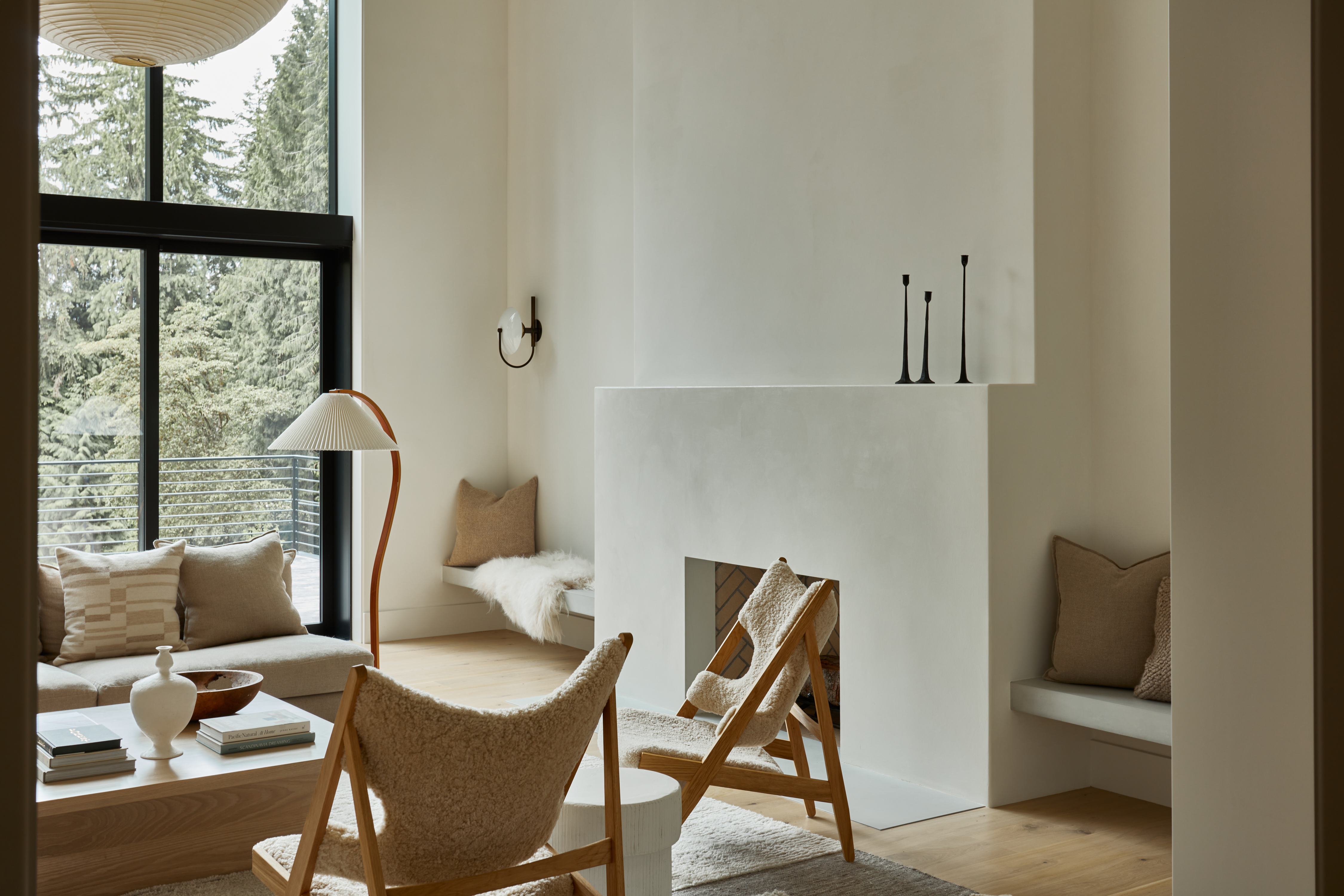
Working with a square footage-starved space? You might not have realized there's a number of decorating mistakes that are making small rooms look darker - and this could be affecting the overall feel of the space.
If it's dark and a little uninviting, you could be making the wrong decor choices. But, don't worry, you can easily create a light, bright and welcoming space with a few insider tips and tricks.
Whether you're looking for colors that make small living rooms look bigger and brighter, or how to boost the light in a small kitchen or a small bedroom, we've got you covered.
Decorating mistakes that are making small rooms look darker
Follow these expert tips that highlight what you should avoid doing when decorating a small space.
1. Ignoring the aspect of the room when choosing paint colors
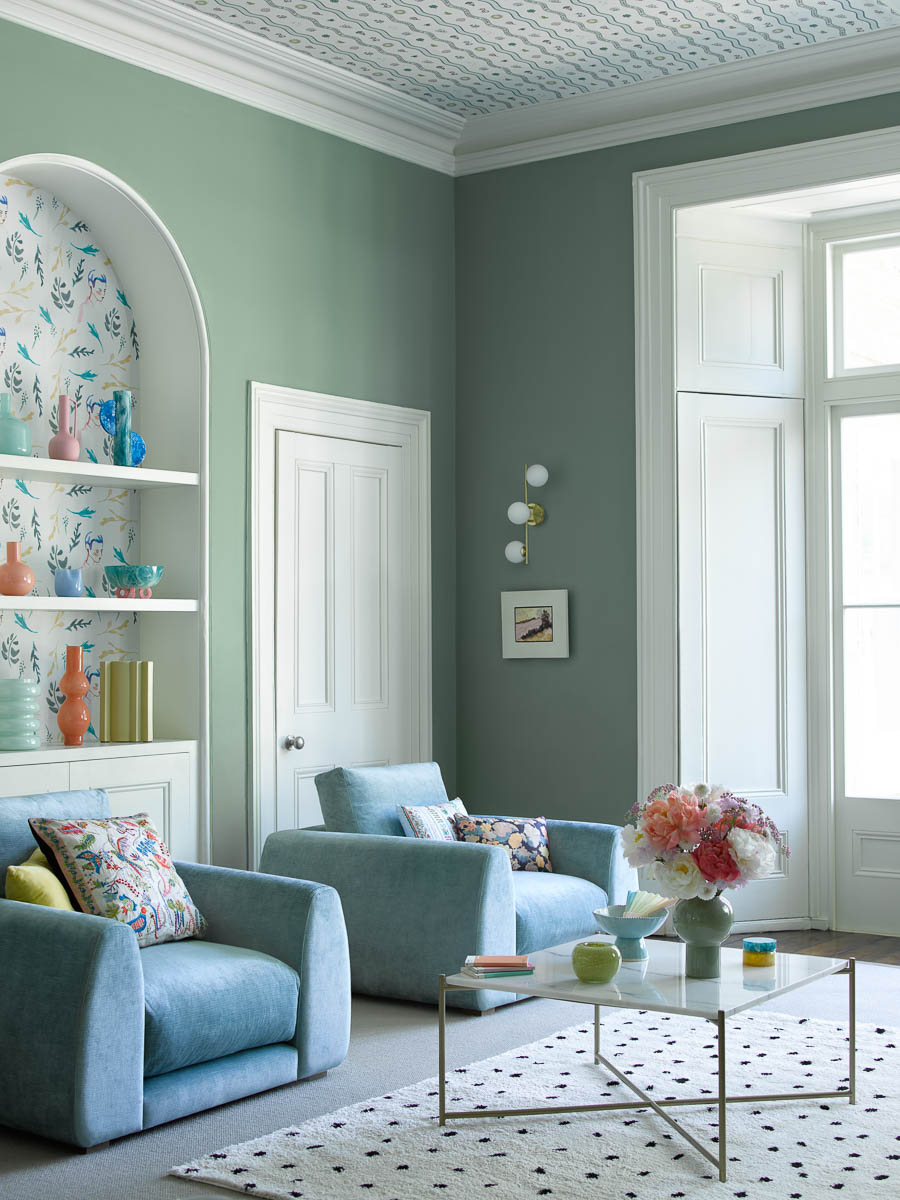
The dining direction in which a room is facing will directly affect the amount of natural light any room receives, and can also affect how airy a room feels.
So, when choosing colors for south-facing rooms or colors for north facing rooms, it's important to consider how that hue will behave in the light the room receives.
North-facing rooms will naturally be darker as they receive less natural light, so it's a good idea to avoid any hues that will leave the room feeling cool, like shades with grey or cool blue undertones.
'North facing rooms can highlight the cooler undertones, so if you want the room to look brighter, then avoid tones with grey undertones,' Helen Shaw from Benjamin Moore says. 'For example, if you select a color with a grey undertone, it can appear cool in a north-facing room, whereas opting for a grey-green with more green pigment will help to warm a north-facing room – yet may feel too green in a south-facing. Ultimately, it depends on how you want the room feel like.'
Whether you're thinking about the best paint colors for small bedrooms or colors to make a small living room look bigger and brighter, the aspect of the room should always be your first consideration.
Helen explains: 'Before decorating any room, it’s important to take note of which direction it faces and therefore how much natural light will enter the space.
'As a general rule, rooms facing south will be filled with natural light whereas those facing north lack the warm sunlight so can feel a little cool, particularly in smaller spaces. If this is the case, opt for a color with a yellow or red undertone as this will help to add a hint of warmth.'
She continues: 'South facing rooms are more versatile, they’re full of warm light for most of the day and when the sun shines through everything appears more golden. For a contemporary look, try using colors with cool blue undertones and pair with crisp white woodwork for a fresh finish.'
2. Not utilizing a bright (but warm) white

Don't underestimate paint tricks for small rooms that can brighten the spatially-challenged area - white is bright, and the right one can lighten any room.
If brilliant white is too sterile, and you're looking for a cozier feel, opt for a warmer white for an inviting ambiance that's still a small room brightener.
'Though white can be sterile, it can really make a small room feel bigger than it really is,' confirms Linda Hayslett, of LH.Designs. 'There are thousands of different whites, and a warm white can really make a space look larger.
'Floor to ceiling white tile, custom built-in book shelving or even just white paint on the walls can really make any space look big. Bathrooms, bedrooms, kitchens, laundry rooms and any small space, white really can enlarge a space and make it feel like there's more natural light in the space than there really is.'
3. Not layering light sources
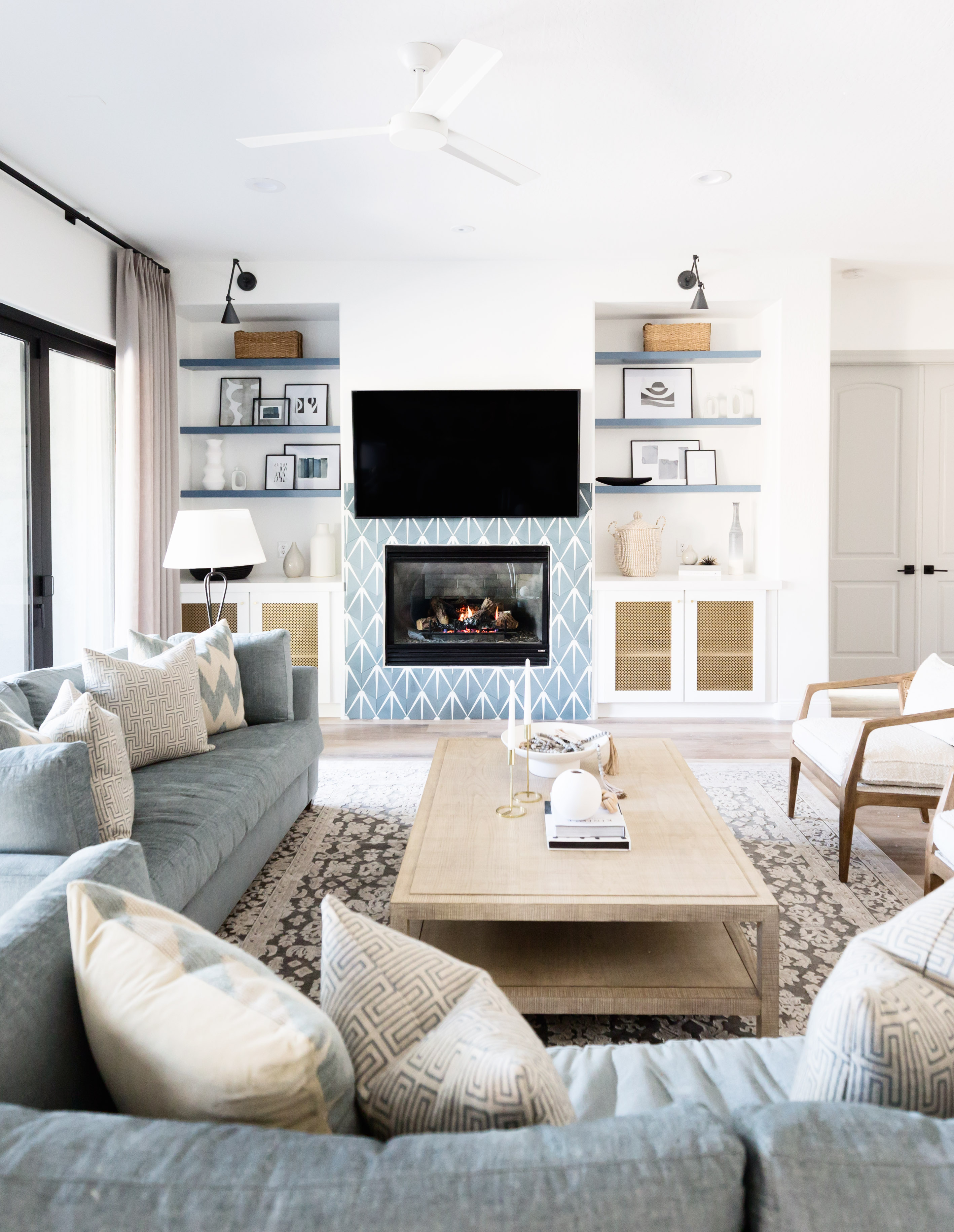
'Different light sources in a small space can really help make it feel bigger,' says Linday Hayslett.
'Scones that are on dimmers, recessed lights that are smartly placed, puck lighting that highlights artwork, or LED strip lights that highlight items on bookshelves can not only make a small space feel large and brighter, but make a mood so you don't even realize the space is small.' Even easier - our guide to the best table lamps will help you here.
4. Allowing a build-up of clutter
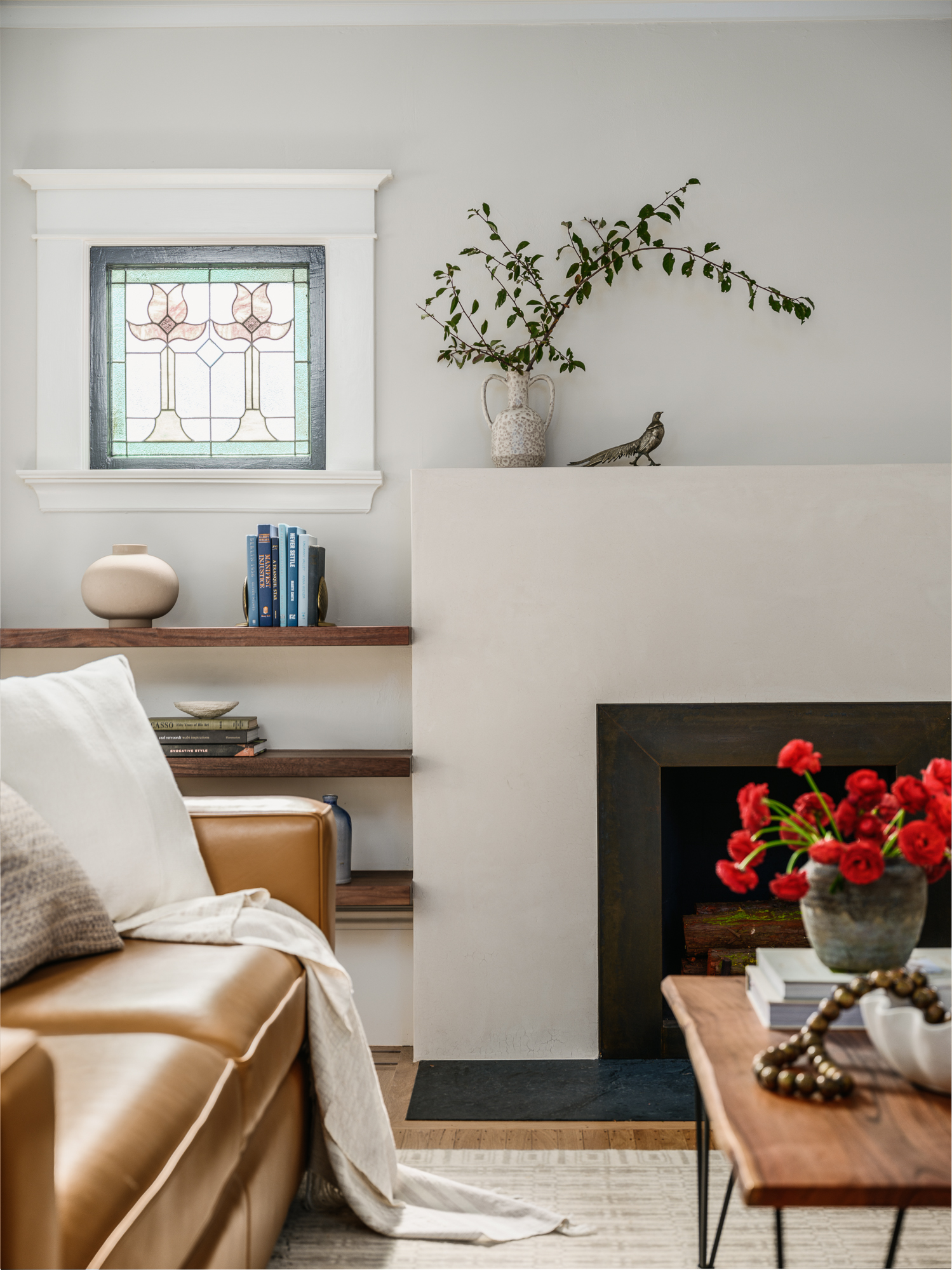
Don't allow a small room to become bogged down by clutter; clean lines and an organized space will help to make a small room feel lighter, as well as more relaxing and inviting.
Learning how to make a small room look less cluttered is a beneficial interior design trick to take on board.
'Get things up and off the floors,' says Linda Hayslett. 'Smaller rooms don't have flooring space, but they do have wall space. Instead of placing things on the floors, it's best to have shelving or nice built-ins that are specific to your needs to help with making the room not feel cluttered and smaller ad darker than it really is.'
5. Choosing bulky furniture that's too heavy or bold for the room
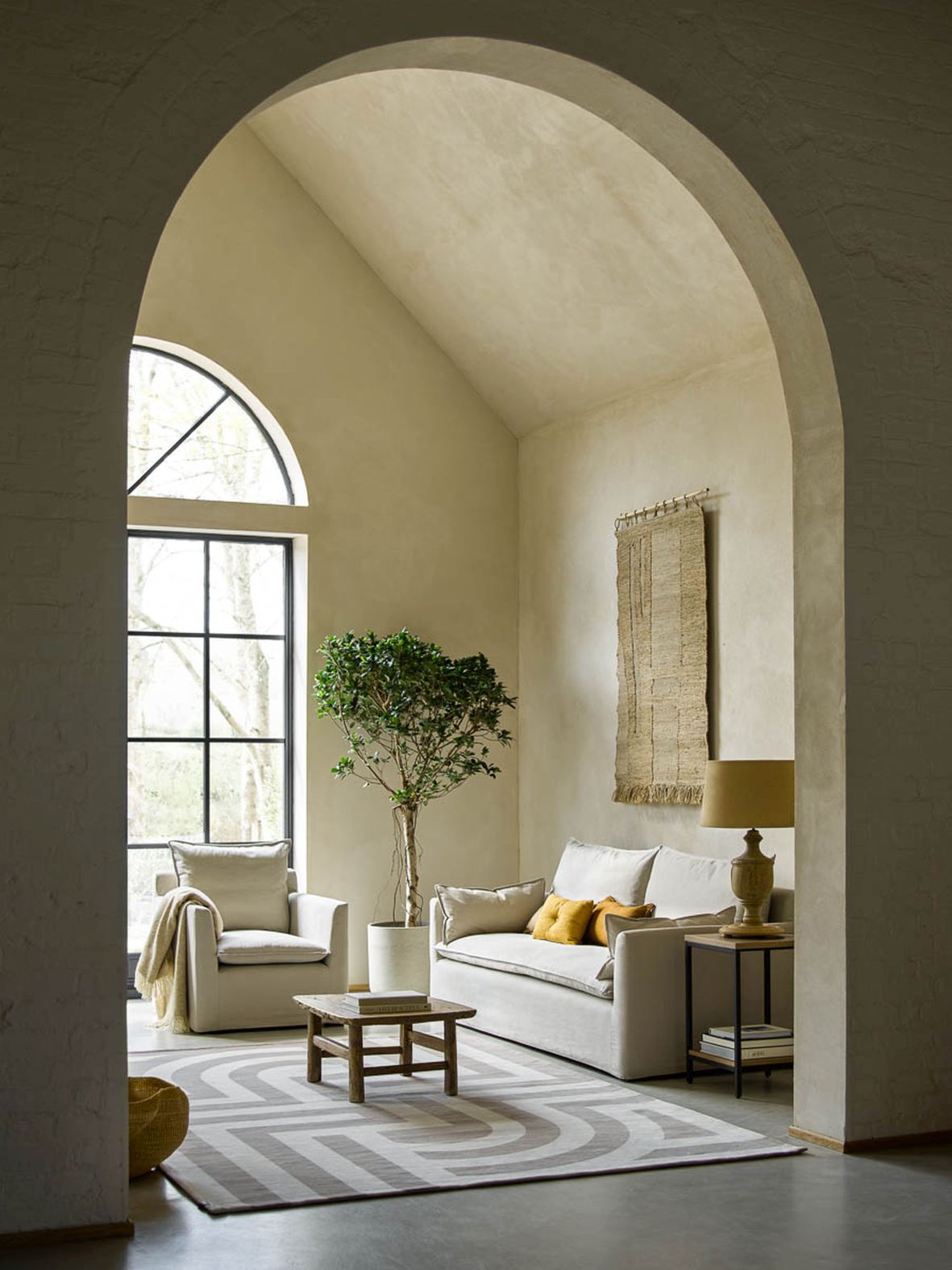
Sofa and furniture placement, as well as size and color, are important factors to consider when creating a feeling or airiness in a small space.
Keeping tones neutral is always a good option for a light and bright feel and matching your sofa to to the wall color will enhance the expansive feel further. If you do want to introduce darker colors into a small room, the same trick of using matching or similar tones on your couch and walls will blur boundaries and keep the room feeling lighter.
'Matching your wall color to your sofa bridges both dark and light color choices,' says Helen Pett, Design Ambassador at Arteriors. 'It facilitates the introduction of more vibrant tones whilst allowing the sofa to sink back into the wall color, creating a harmonious, streamlined look, which makes the room feel spacious and light.
'Tones such as whites, taupes and creams work particularly well together, but darker color pairings work too.'
In a small bedroom, clean-lined and lighter-hued furniture (Scandinavian bedroom style) will help to create a lighter feel in the space.
6. Not hanging oversized mirrors
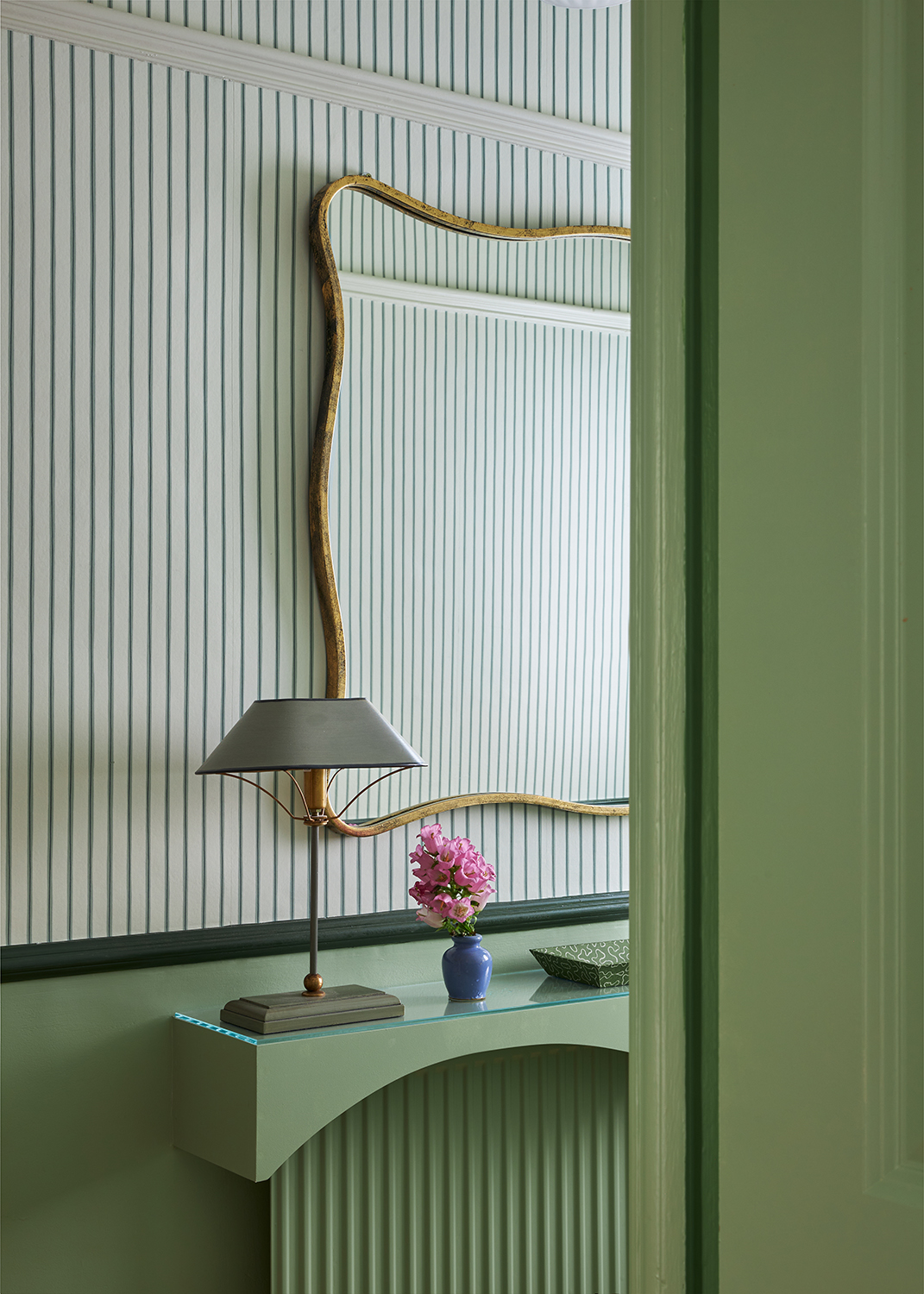
It's a well known fact that mirrors work to bounce light around a room so they're a particularly effective tool for making a small room look brighter. In a small space, the bigger the better.
It's also a good idea to position mirrors opposite a natural source of light; the mirror will reflect the light, making the room look brighter, airy and spacious.
Got a small kitchen? Try installing a mirrored backsplash. It can enhance the feeling of depth and space and, if placed near a window, will reflect light back into the room.







